
The Art of Animation: Bringing Stories to Life
The Art of Animation: Bringing Stories to Life
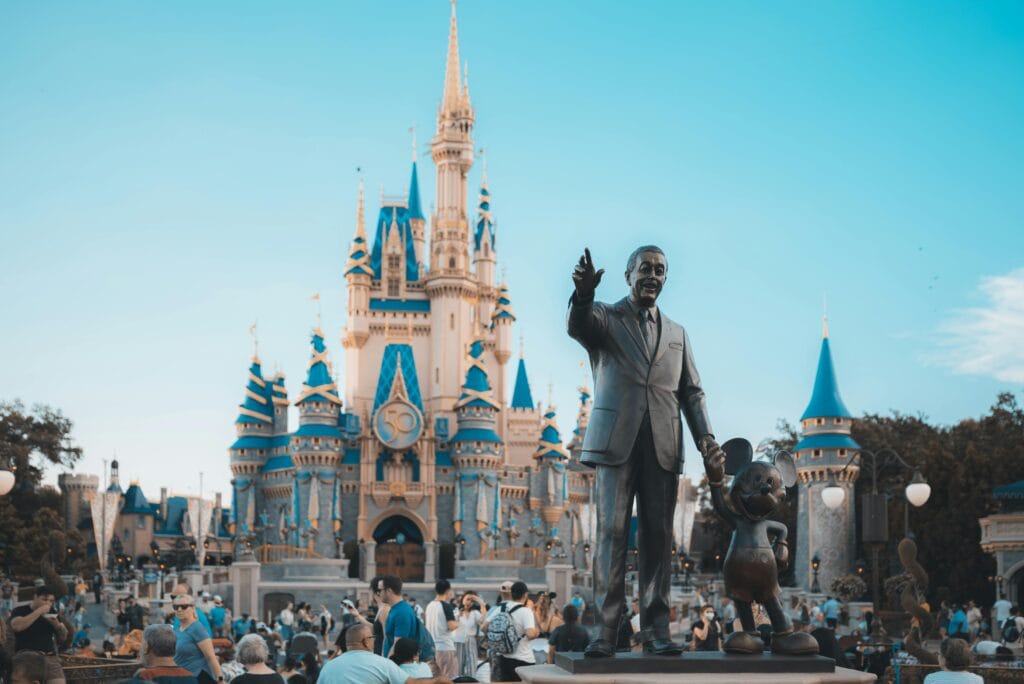
Animation brings to life fantastical worlds and characters.
It’s a testament to human imagination, telling stories that engage all ages.
Through careful craft, animation breaks through traditional storytelling boundaries—challenging, inspiring and connecting with diverse global audiences.
Animation makes stories come alive by using motion.
Introduction to Animation
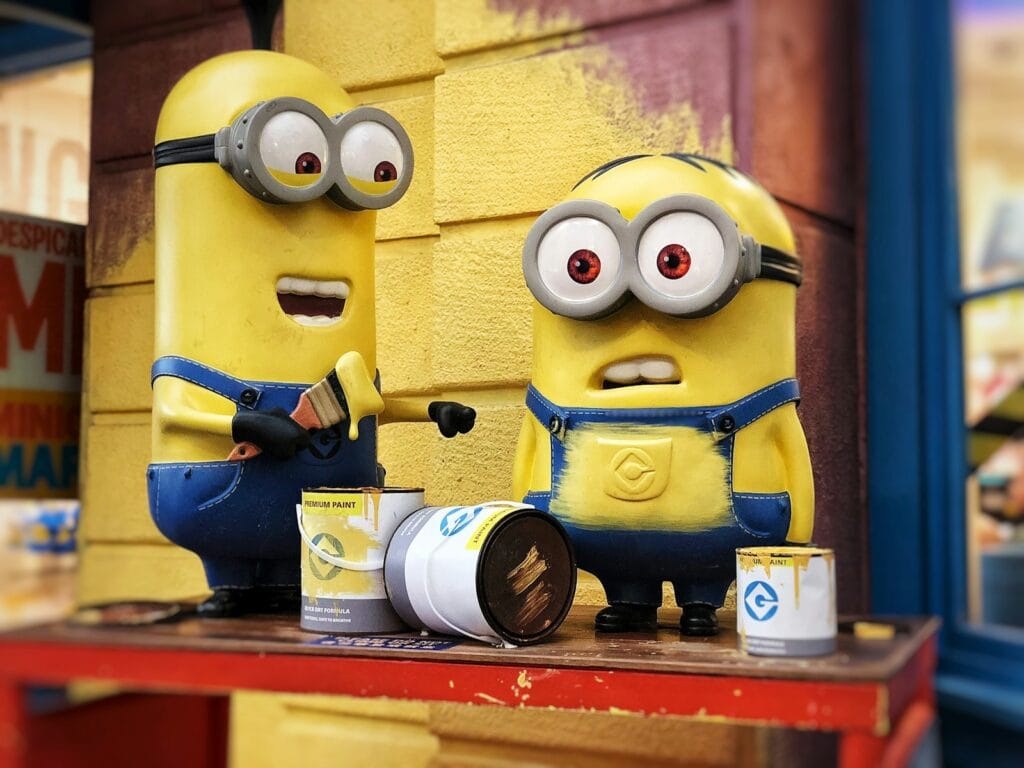
Animation is a fascinating art form that has been captivating audiences for centuries. From its humble beginnings to the present day, animation has evolved significantly, incorporating various techniques and technologies to create mesmerizing visual experiences. It’s a medium that transcends age and culture, inviting viewers into worlds where the impossible becomes possible.
What is Animation
Animation is more than moving images.
To really get its magic you have to look beyond the surface. This intricate dance of art and technology combines to infuse life into static images, so we can explore the impossible. Historically animation has been at the heart of storytelling, pushing boundaries and exploring the imagination with style and finesse.
The key to animation is to evoke. Character animation is particularly important in creating believable and engaging characters that create real, emotional connections and thought-provoking stories. These dynamic characters transport us into worlds we can’t reach – whether we’re traversing distant galaxies or just stepping into the shoes of an extraordinary ordinary person.
As animation evolves new techniques and technologies are being developed to spark the imagination of the next generation of animators. Today’s storytellers can draw from the classic artistry of hand drawn sequences and the modern digital innovations.
History of Animation

The history of animation goes back to the early 20th century when traditional animation techniques were first developed. One of the earliest forms of animation was stop motion animation where physical objects were manipulated to create the illusion of motion. This was used in early animated films like The Haunted Hotel (1907) and Gertie the Dinosaur (1914). In the 1920s traditional animation techniques became more sophisticated with the introduction of hand drawn animation and the use of transparent celluloid sheets. The golden age of American animation which was from the 1920s to the 1960s saw the rise of studios like Disney, Warner Bros. and MGM. During this period animated films became more popular with classics like Snow White and the Seven Dwarfs (1937) and Bambi (1942) captivating audiences worldwide.
Early Beginnings
The earliest forms of animation date back to the 19th century, when inventors and artists began experimenting with techniques to create the illusion of movement. One of the earliest animation devices was the zoetrope, invented by William George Horner in 1834. This device used a spinning drum with slits to display a sequence of images, creating the illusion of motion. These early experiments were the first steps towards the dynamic and immersive animated films we enjoy today.
Evolution of Animation Techniques
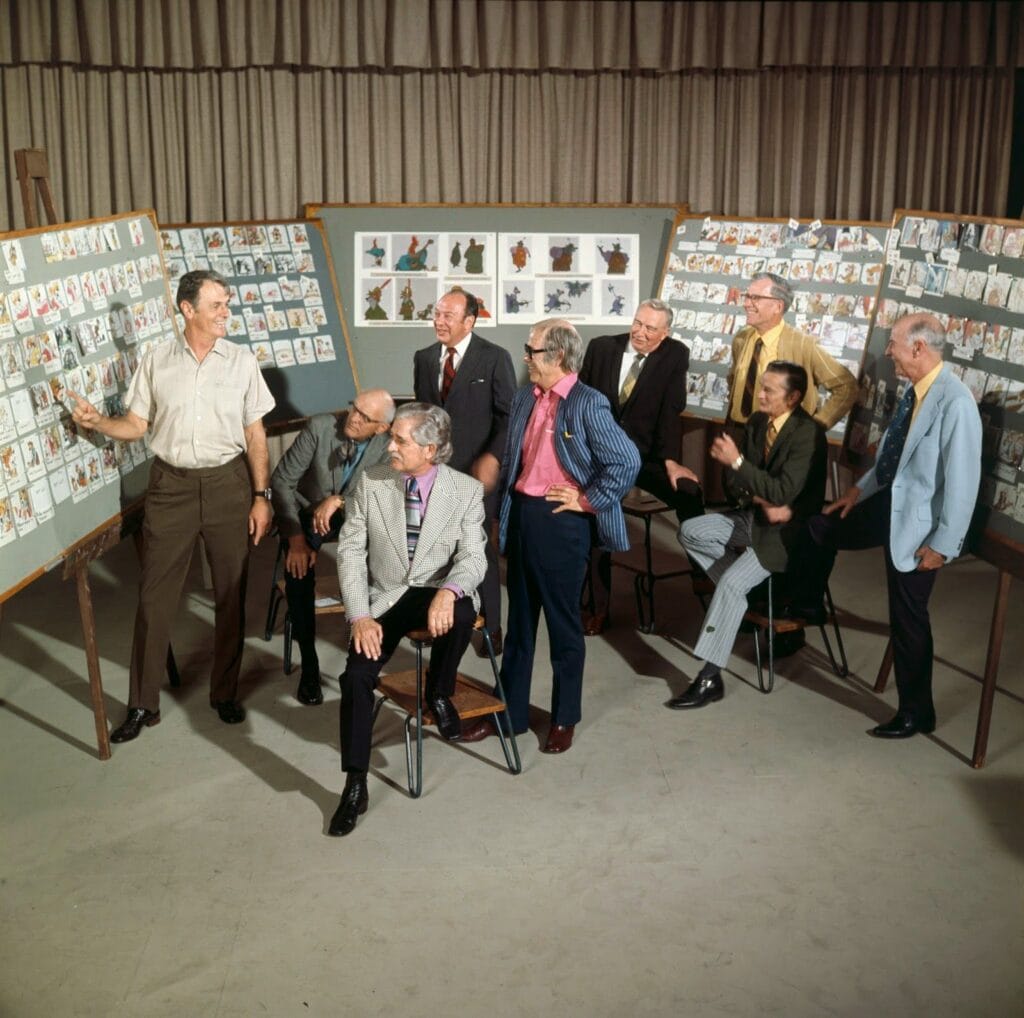
Over the years, animation techniques have evolved significantly, from traditional hand-drawn animation to computer-generated imagery (CGI). Traditional animation techniques involve drawing each frame by hand, a painstaking process that requires immense skill and patience. This method, often referred to as hand drawn animation, creates a unique and timeless aesthetic that continues to charm audiences.
In contrast, CGI uses computer software to create digital objects and environments, allowing for more complex and realistic animations. This cutting-edge technology has revolutionized the industry, enabling animators to create images and worlds that were previously unimaginable. Stop motion animation, another popular technique, involves manipulating physical objects frame by frame to create the illusion of movement. This tactile approach brings a distinct charm and texture to animated films, making each frame a work of art.
Principles of Animation
Animation is a visual storytelling magic.
First and foremost is the integration of movement and timing. Timing gives us the weight, emotion, and drama of the animated motion, turning a simple shape into a believable animated figure. To animate characters we create 3D models and rig them with skeletons so they can move dynamically. Anticipation—the preparation for an action—makes the action more impactful and secondary action adds richness and gives depth and coherence to the animation.
Exaggeration takes us beyond reality.
Every frame is full of purpose and context – it’s through each deliberate decision from colour palettes to camera angles that animators weave the narrative. This is what controls the pace, mood and the unfolding of the story.
Animation enthusiasts need to understand these subtle principles because these are the very foundation of great animated film and TV. By mastering this art and technology dance animators lighting up the screen continue to push the boundaries of the art.
Styles of Animation
Animation is an art form full of different styles that tell rich stories and each style has its own life.
Traditional animation uses hand drawn frames to create fluid motion.
3D animation bends reality, gives us lifelike characters and worlds through advanced computer graphics, gives us details with vibrancy and dimension that captivate audiences worldwide.
Another style is stop motion where motion is constructed stitch by stitch as physical objects are moved frame by frame to create sequences of fantastical storytelling. In this tactile world everything from clay figures to paper cut outs becomes a playground for animators who through the “spirit” of perseverance turn the inanimate into living beings.
Traditional 2D Hand Drawn Animation Techniques

The art of hand drawn is still beautiful today.
Traditional 2D animation still charms and enthralls audiences. This style is a beloved part of animation history because of its timelessness and the physical connection it gives us. Animators with just a pencil and a passion for drawing bring characters and worlds to life frame by frame.
This style is about artistic skill and imagination.
Its beauty is in the artist’s hand – the very hand that breathes life into 2D characters and environments, creates an enchantment that many modern techniques can’t match. That level of dedication and craftsmanship means every scene is full of life and emotion.
Traditional 2D animation is timeless and goes beyond technology, gives us a window into the animator’s mind. As we move into 2023 and beyond the classic appeal of this style will continue to inspire new animators and old, it proves innovation doesn’t have to mean abandoning tradition. This marriage of art and storytelling solidifies animation as a forever form of expression.
Digital and 3D Animation
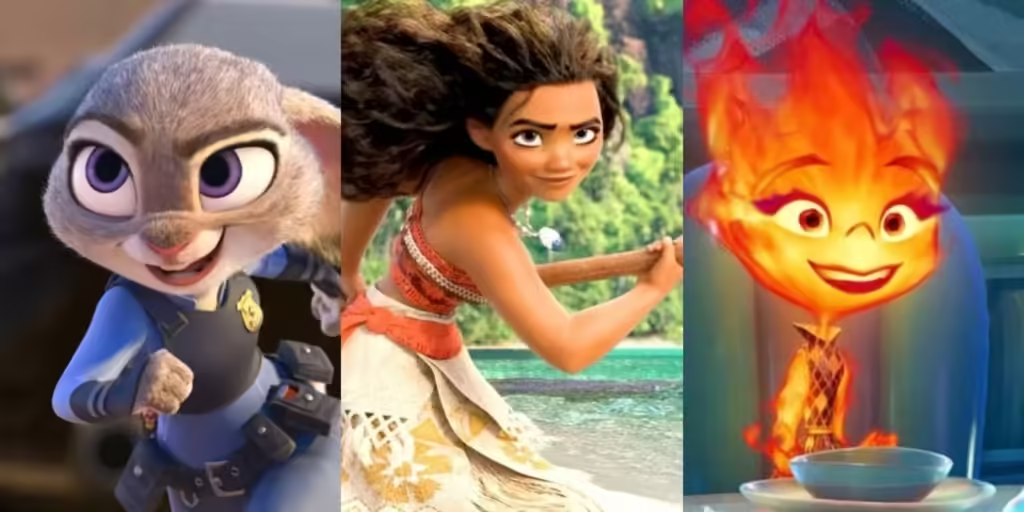
Digital and 3D animation are the giants of modern storytelling, changing the way stories are told on screen.
Since their birth these tools have been evolving, turning static images into living breathing worlds, bringing digital objects to life by creating the illusion of movement in 3D space and giving us works of art that resonate on a personal and global level.
Now it’s not just about making images but using technology to create an experience that will grab the eye and stimulate the mind and connect with audiences worldwide.
With the software and hardware we have today what took weeks to do can be done in seconds thanks to 3D, combining creativity with mind blowing realism and weaving stories that are fantastical and relatable.
These elements are what digital and 3D animation is always pushing.
Stop Motion Animation Techniques

A classic and charming animation technique, stop motion brings a special kind of life to the stories it tells, creates a physical magic that connects with audiences on an emotional level.
Stop motion requires infinite patience and a keen eye for detail.
Historically animators have sculpted each movement with precision, animated frame by frame (crafted characters and environments) and captured.
This allows us to put personalities into inanimate objects, create worlds beyond our imagination.
Mastering stop motion is a combination of technical skill and artistic vision, where creators have to imagine and build elaborate scenes that come to life piece by piece and moment by moment.
In the end it’s all about the magic of stop motion. Stories go beyond daylight hours, show us animation’s ability to inspire and connect with us on a journey.
The Animator
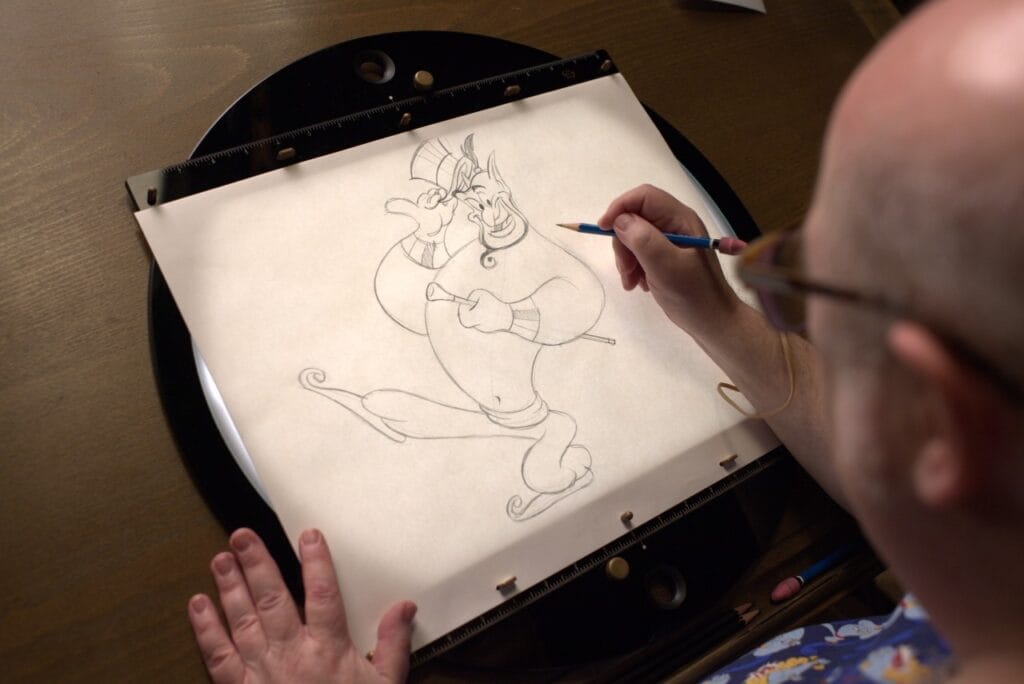
Animators are the storytellers of the world, weaving emotions and narratives into the fabric of animated worlds. They are the key to turning written scripts and storyboards into moving visual art that will grab and inspire.
In 2016 a dynamic animation, a perfect marriage of creativity and technology, opened up new ways of visual storytelling, showed us how animated stories could be bright and engaging. Animators, the makers of this digital revolution, navigate the animation software with a mix of technical skill and endless imagination.
It’s not just about moving images; it’s about expressing an universe of emotions and dreams that grab the audience and take them beyond the ordinary narrative. Through detail and movement selection animators bring characters to life, make the imaginary tangible.
Whether they use the timeless 2D artistry, go into the 3D world or experiment with hybrid approaches, their goal is to enchant, tell and connect deeply. The success of any animation is to take the audience on a journey across different dimensions.
The animator’s skill is precious, shapes the animation landscape and inspires future storytellers. Their work is a testament to human ingenuity and creativity, facial expressions play a big part in making characters relatable and storytelling.
Animation Software and Tools
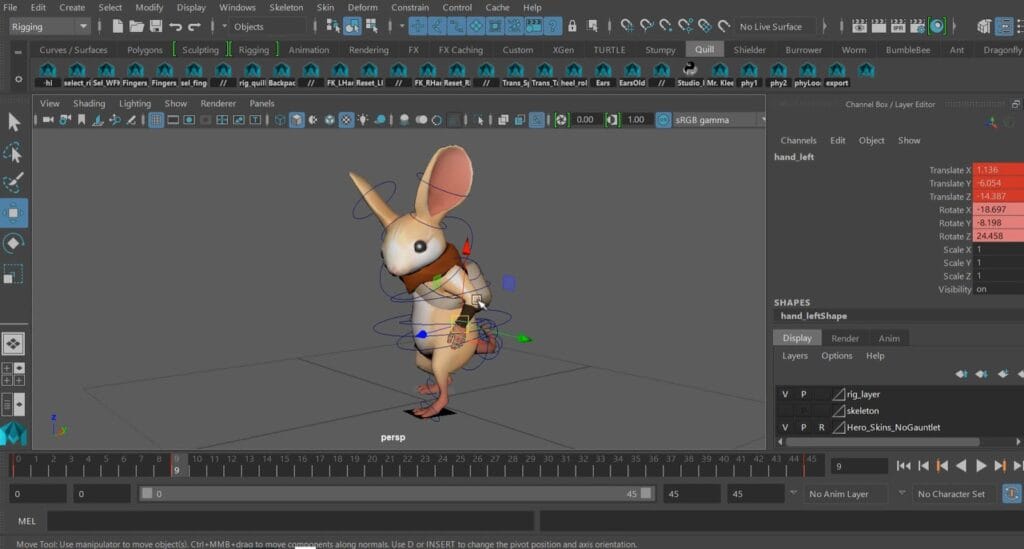
Animation software is at the heart of turning ideas into beautiful visual art that reaches the world.
In 2023 professionals in the animation industry use a wide range of tools to express themselves. These cutting edge software solutions allow artists to move from imagination to final production seamlessly, to get the best results. These tools allow animators to create images, build and manipulate virtual environments and bring characters to life with realistic motion and depth.
Today’s tools combine functionality with user interface, so animators can focus on storytelling without fighting with technology. From 2D graphics to 3D characters these tools simplify complex processes, amplify creativity and save time.
The evolution of render engines and animation systems is redefining industry standards, giving more efficiency and artistic freedom. This technology and creativity marriage is enriching storytelling and the final visual narrative.
With these tools animators can bring stories to life, shape the magic of animation.
Storytelling in Animation
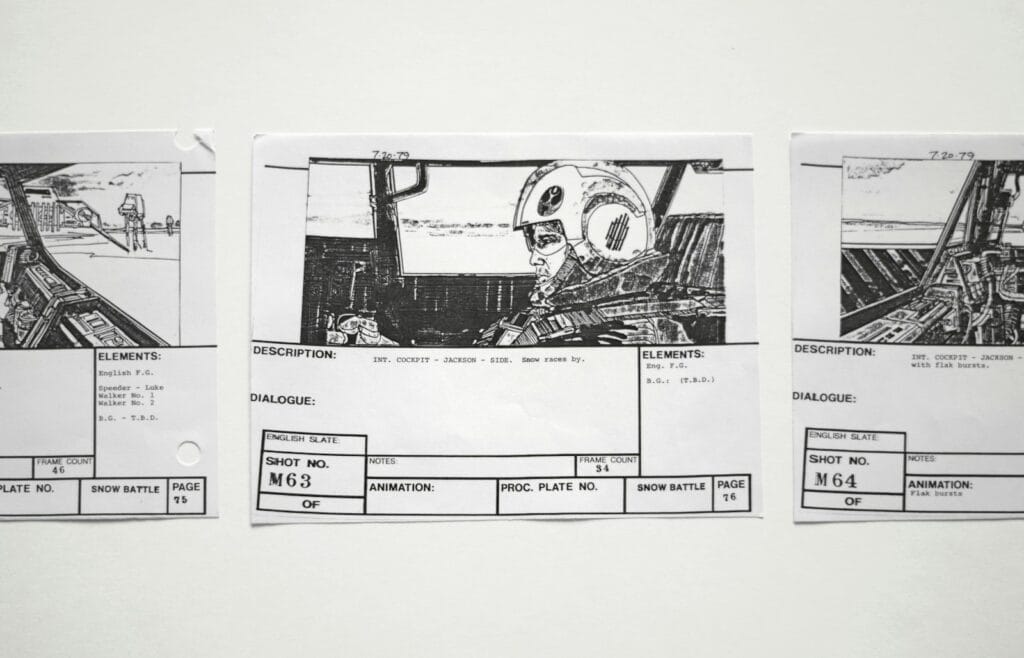
Animation is a dynamic canvas where the impossible becomes possible and stories go beyond the ordinary and invite us in.
Beautiful and cohesive storytelling is at the heart of great animation.
It’s the storyteller’s job to turn complex narratives into visual components that are the backbone of any animation. Every frame with purpose, creativity, authenticity and a commitment to storytelling.
Through character development and scene construction animation takes stories to a new level of artistic expression. It delights, educates and connects with different audiences by telling stories of heroism and vulnerability, triumph and failure. These stories inspire us, make us question, reflect and dream, making animation a powerful medium for storytelling.
Character Development
Character development is at the heart of animation, bringing life to the narrative, turning 2D sketches into emotional beings, capturing us with authenticity, complexity and a deep connection to the story.
At its core character development is about exploring deep dimensions and rich backstories.
Animators dig deep and craft personas that evolve realistically through conflicts, growth, triumphs and failures. Their individuality (including their personalities and vulnerabilities) is finely tuned.
Creators nurture these animated characters by giving them unique defining characteristics so each one stands out and radiates charm and depth.
Groundbreaking animation conveys emotional arcs through clever manipulation, so we experience real moments of empathy and epiphany.
Ultimately it’s the characters’ art of evolving that ignites the narrative. Skilled animators pour their souls into storytelling adventures that go beyond visual storytelling.
Animation in Film and TV

Animation tells stories on screen.
For decades animators have been trying to blur the lines between the possible and the impossible. The digital world has given us a multitude of amazing things, taken us on journeys we couldn’t imagine before animation existed, turned ideas that were once in our imagination into beautiful living art.
Animation makes stories living breathing realities.
From epic to whimsical – big or small screen – animation redefines what stories can be. It materialises stories through world building and characters.
Recent animation in film has blended traditional skills with the latest technology, redefining storytelling in 2023 and beyond. Every frame is a collaboration of creative artists making the viewer experience better and better, more and more possibilities to explore and enjoy. This same technology is also changing the video game industry, creating realistic environments and characters that keep players engaged.
Animation for Advertising
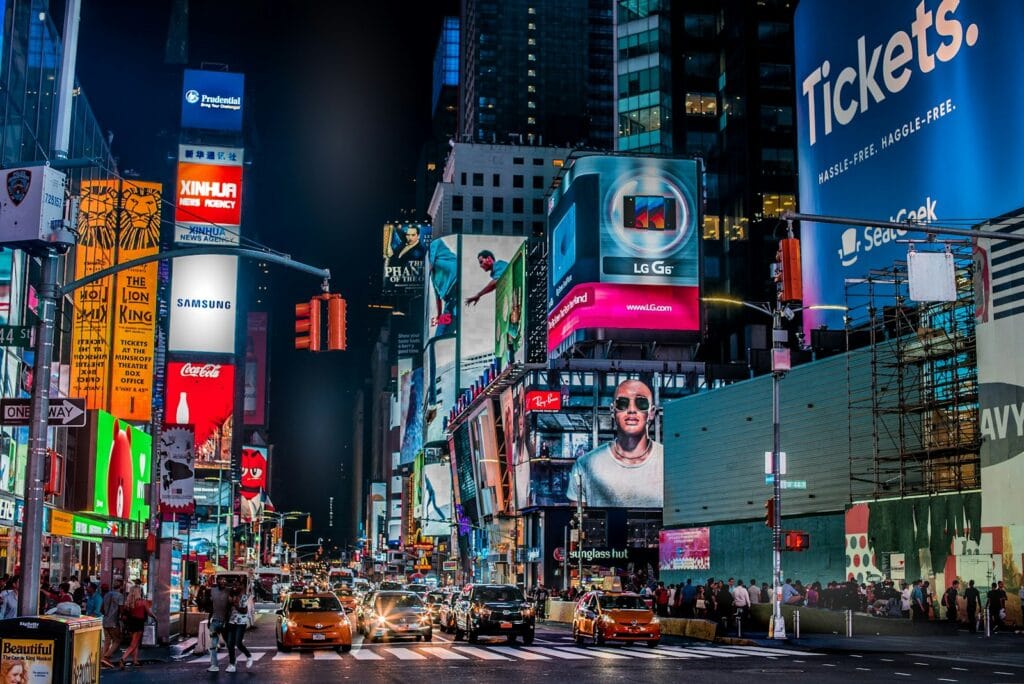
Bringing campaigns to life.
In this fast paced digital world animation is essential. It gives businesses the ability to tell their message through dynamic visual storytelling and capture our imagination like never before. Animation for advertising has become a key tool for marketers and is working worldwide.
The impact of animated ads is real.
They grab our attention instantly – creating a lasting impression with visuals that pop – so we have an branded experience that sticks. This is particularly good at condensing complex ideas into simple relatable concepts.
Recent animation for advertising is showing its worth. From social media to global campaigns these animated projects prove the connection between technology and creative vision. Businesses are getting more and more hooked on the many benefits animation brings in reaching and captivating their target audience.
Gameplay Animation
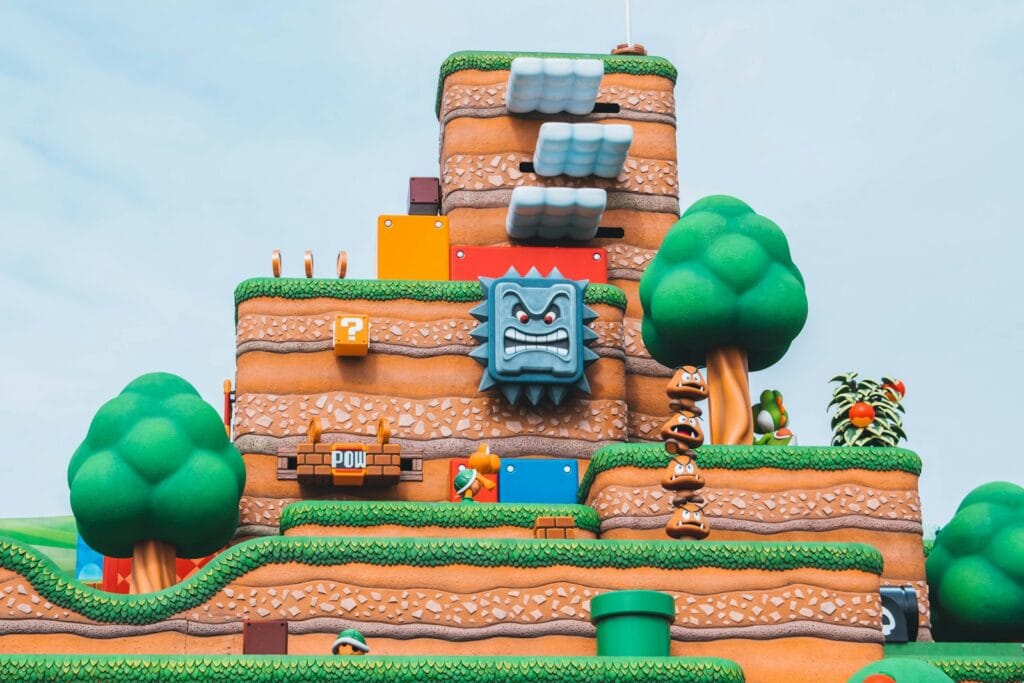
Animation plays a crucial role in the gaming industry, bringing characters and environments to life. Character animation, in particular, is a vital aspect of game development, as it enables players to interact with believable and engaging characters. The ability to animate characters with realistic movements and expressions is essential for creating an immersive gaming experience.
Stop motion animation is also used in some games to create unique and stylized visuals. This technique adds a handcrafted feel to the game, making it stand out in a market dominated by digital graphics. Whether through character animation or stop motion, animation techniques are essential for creating the dynamic and interactive worlds that gamers love.
Education and Training
To be an animator you need a combination of artistic talent, technical skills and creativity. There are many educational programs and training courses out there that can help you develop your animation skills. These programs cover traditional animation techniques, computer generated imagery (CGI) and animation software. Many animation studios also offer internships and apprenticeships which give you hands on experience and exposure to the industry. Online tutorials and workshops are also a great way to learn specific animation techniques and stay up to date with the latest industry trends.
Motion Capture and Real-time Rendering
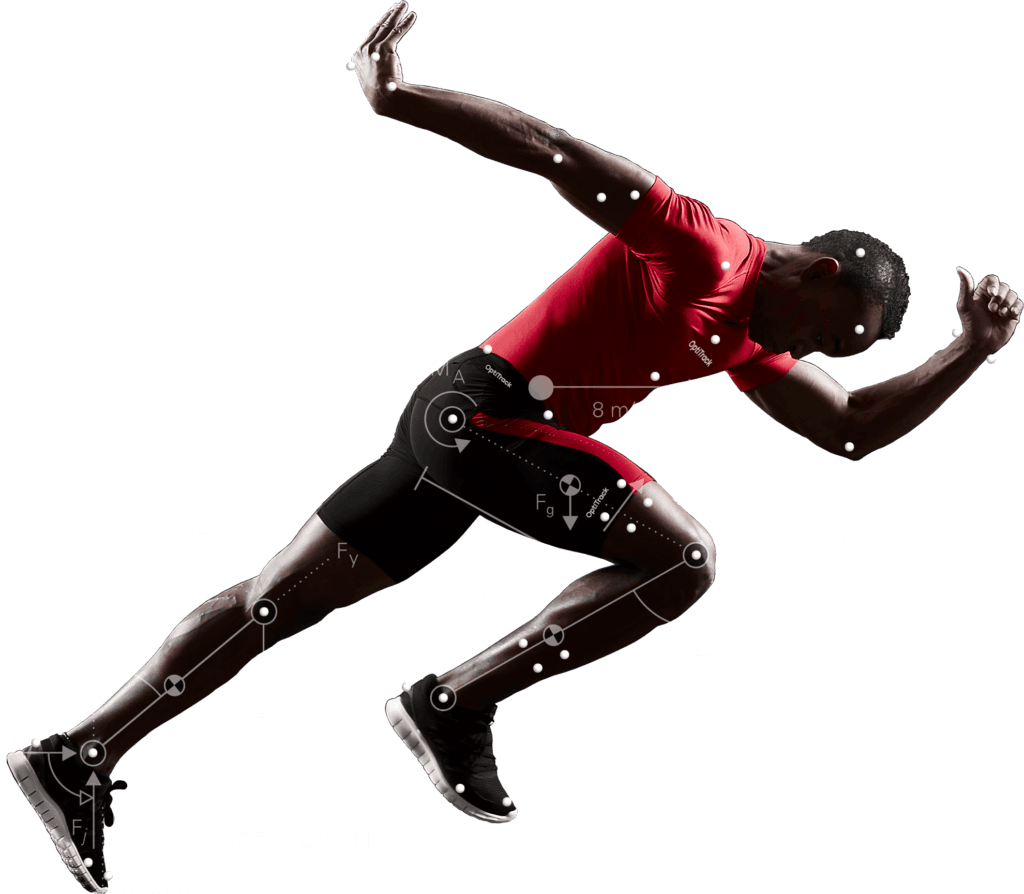
Motion capture and real-time rendering are two advanced areas of animation that have changed the industry. Motion capture is recording the movements of real actors and translating them onto digital characters. This has been used in many films and video games including The Lord of the Rings and Avatar. Real-time rendering is generating images in real-time so we have more flexibility and interactivity. This is used in video games and simulations where speed of render is critical. Both motion capture and real-time rendering require the latest technology and software so are exciting areas to study for animators and technicians.
Production Process
The production process of animation involves several stages, from conceptualization to final rendering. The animation process typically begins with storyboarding, where the sequence of events is planned and visualized. This stage is crucial for mapping out the narrative and ensuring that the story flows smoothly.
Next, animators create the characters, environments, and special effects using various techniques, such as hand-drawn animation or CGI. This stage involves meticulous attention to detail, as animators work to bring their vision to life. Each frame is crafted with care, ensuring that the final product is both visually stunning and emotionally engaging.
Finally, the animated scenes are edited and rendered to create the final product. This stage involves refining the animation, adding sound effects, and ensuring that the timing and movement are perfect. The result is a seamless and captivating animated film that transports audiences to new worlds and tells compelling stories.
By understanding and mastering these stages, animators can create motion that captivates and inspires, pushing the boundaries of what is possible in the world of animation.
Future of Animation

In this fast paced world animation is on the verge of big changes, to redefine storytelling with art and technology.
Artificial intelligence (AI) is becoming a key player in the animation space.
Amazingly AI tools are making the animation process easier (tasks that used to take hours) and smoother.
It has the potential of taking on complex animation tasks and speeding up creative exploration.
And virtual and augmented reality is changing how we experience animation, adding an extra layer that increases emotional engagement and narrative impact.
New technologies will lead the way to experiences that will keep inspiring and stretch our imagination.
Conclusion: The Magic of Animation
Animation is a powerful medium that can grab our attention, evoke emotions and communicate complex ideas. From traditional hand drawn to cutting edge computer generated imagery (CGI) animation has come a long way. With its creative possibilities animation is now an integral part of many industries – film, TV, video games and advertising. Whether it’s animated films, video games or simulations animation can inspire, educate and entertain. As technology advances the possibilities for animation will only get bigger so it’s an exciting and dynamic field to get into.
Thanks for reading and I hope you enjoyed the content.
If you’d like to learn more about motion capture in animation, consider joining my in-depth course below.





